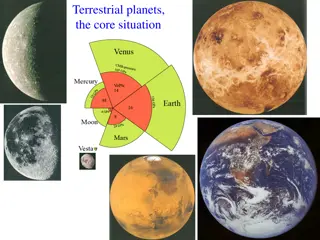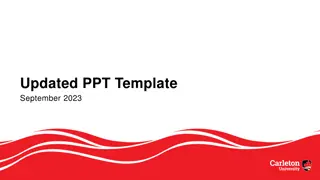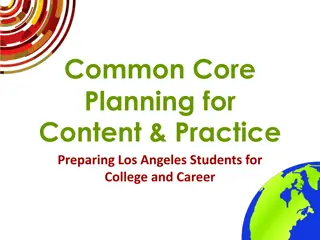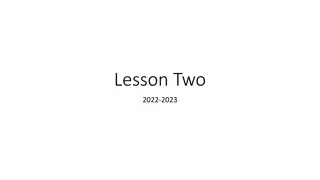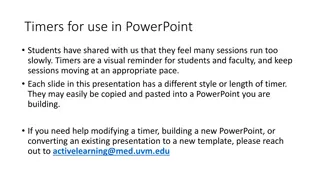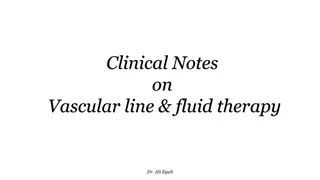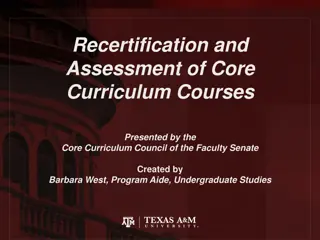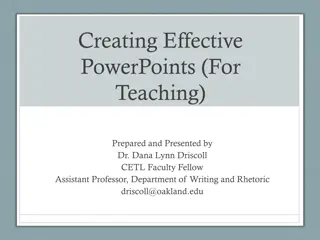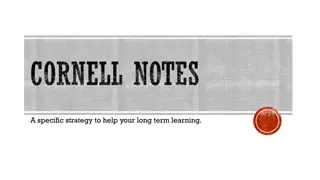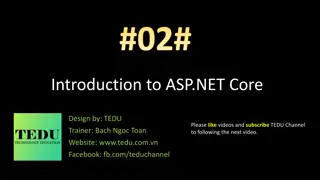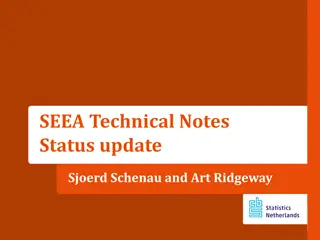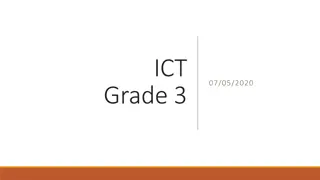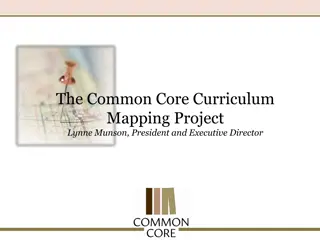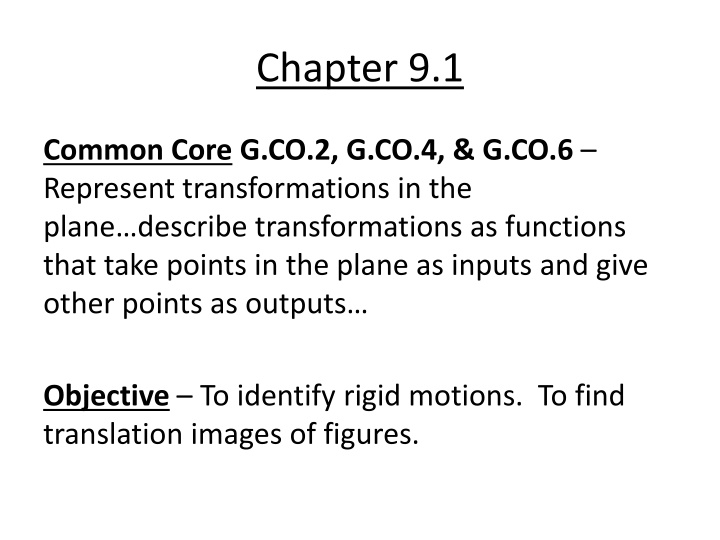
Understanding Geometric Transformations in the Plane
Explore the concepts of reflections, rotations, translations, and compositions of transformations in the plane. Learn about rigid motions, isometries, and how to identify and draw transformation images of geometric figures. Discover the definitions of rotations in terms of angles, circles, lines, and segments to deepen your understanding of geometric transformations.
Download Presentation

Please find below an Image/Link to download the presentation.
The content on the website is provided AS IS for your information and personal use only. It may not be sold, licensed, or shared on other websites without obtaining consent from the author. If you encounter any issues during the download, it is possible that the publisher has removed the file from their server.
You are allowed to download the files provided on this website for personal or commercial use, subject to the condition that they are used lawfully. All files are the property of their respective owners.
The content on the website is provided AS IS for your information and personal use only. It may not be sold, licensed, or shared on other websites without obtaining consent from the author.
E N D
Presentation Transcript
Chapter 9.1 Common Core G.CO.2, G.CO.4, & G.CO.6 Represent transformations in the plane describe transformations as functions that take points in the plane as inputs and give other points as outputs Objective To identify rigid motions. To find translation images of figures.
Chapter 9.1 Notes Transformations Reflection Rotation Translation Preimage is the object you start with Image is the object you end up with once you do the transformation Isometry is a transformation that preserves lengths
Rigid Motion is a transformation that preserves distance and angle measure. Translation is a transformation that maps all points of a figure the same distance in the same direction A translation pushes a figure around
Composition of Transformations is a combination of two or more transformations. In a composition, you perform each transformation on the image of the preceding transformation.
Chapter 9.2 Common Core G.CO.5, G.CO.2, G.CO.4, & G.CO.6 Given a geometric figure and a rotation, reflection, or translation, draw the tarnsformed figure Specify a sequence of transformations that will carry a given figure onto another. Objective To find reflection images of figures.
Chapter 9.2 Notes Reflection A reflection is an isometry When we reflect, we reflect over a line Line of symmetry is a line that when you reflect the figure over the line it is mapped onto itself Ex
Chapter 9.3 Common Core G.CO.4, G.CO.2, & G.CO.6 Develop definitions of rotations in terms of angles, circles, perpendicular lines, parallel lines, and line segments. Objective To draw and identify rotation images of figures.
Chapter 9.3 Notes Rotation rotation is an isometry When rotating, you rotate about a point.
Chapter 9.4 Common Core G.CO.5 & G.CO.6 Specify a sequence of transformations that will carry a given figure onto another. Use geometric descriptions of rigid motions to transform figures and to predict the effect of a given rigid motions on a given figure Objectives To find compositions of isometries, including glide reflections. To classify isometries.
Chapter 9.4 Notes Composition Thm the composition of two (or more) isometries is an isometry Glide Reflection is a composition where you first do a translation and then do a reflection.
Chapter 9.5 Common Core G.CO.7, G.CO.6, & G.CO.8 Use the definition of congruence in terms of rigid motions to show that two triangles are congruent Objectives To identify congruence transformations. To prove triangle congruence using ismoetries.
Chapter 9.5 Notes Two figures are congruent if and only if there is a sequence of one or more rigid motions that maps one figure onto the other. Because compositions of rigid motions take figures to congruent figures, that are also called congruence transformations
Chapter 9.6 Common Core G.SRT.1a, G.SRT.1b, G.CO.2, & G.SRT.2 - A dilation takes a line not passing through the center of the dilation to a parallel line, and leaves a line passing through the center unchanged. Objective To understand dilation images of figures
Chapter 9.6 Notes Dilations 1) reduction which means it is getting smaller A A 2) enlargement which means it is getting larger A A
Chapter 9.7 Common Core G.SRT.2 & G.SRT.3 Given two figures, use the definition of similarity in terms of similarity transformations to decide if they are similar Objective To identify similarity transformations and verify properties of similarity.
Chapter 9.7 Notes Two figures are similar if and only if there is a similarity transformation that maps one figure onto the other.


